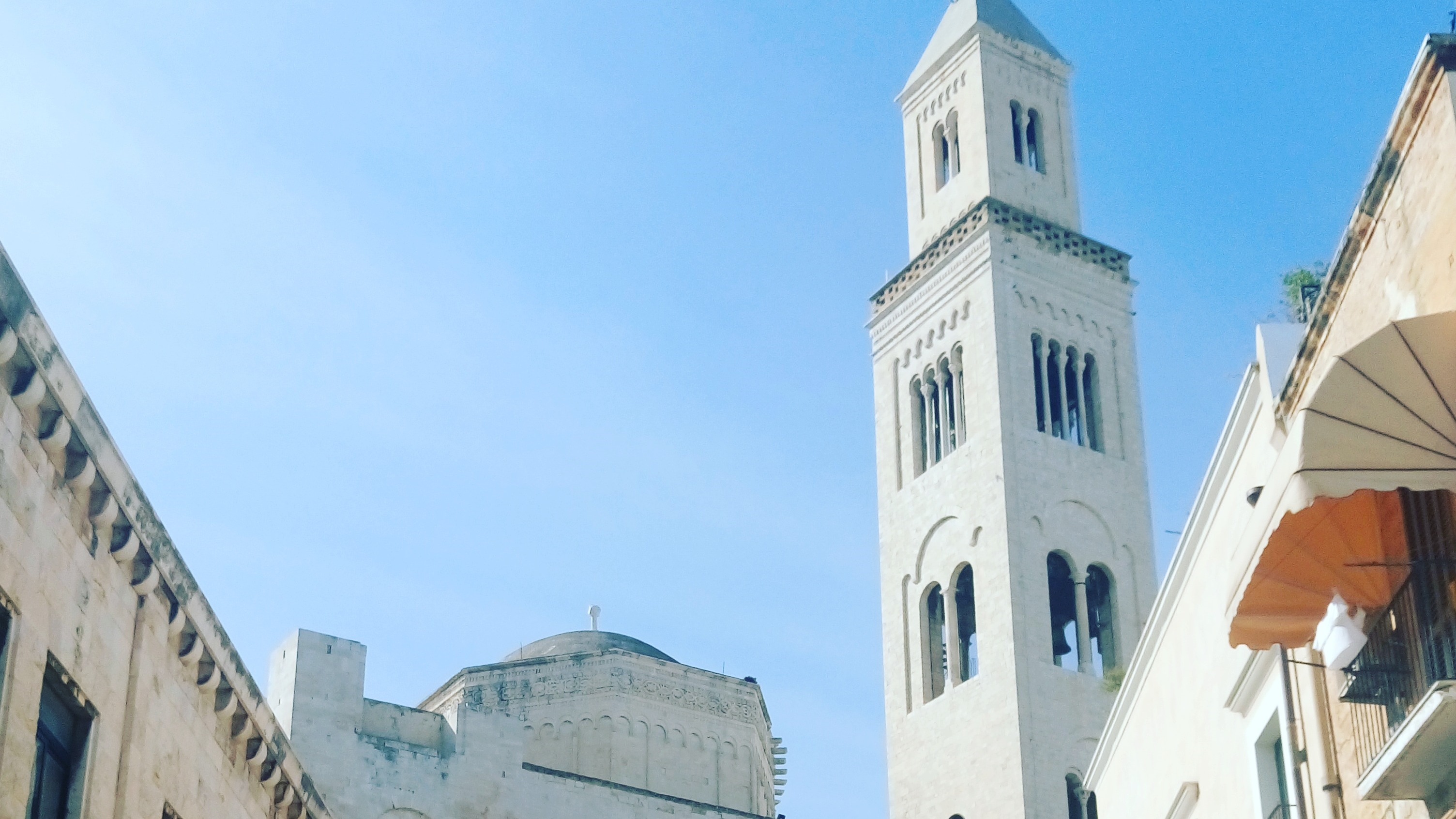A Philosopher's Lexicon: Vocab that'll make you sound like an academic
Although curated by a philosophy major for philosophy, the following list of vocabulary is a great addition to any intellectual's written or spoken lexicon!
Verbs to Replace "Says" or "Thinks"
- Asserts
- Affirms
- Argues
- Contends
- Expounds
- Posits
- Postulates
- Delineates
- Reiterates
- Conjectures
- Refutes
- Disputes
Verbs to Replace "Shows" or "Explains"
- Elucidates
- Demonstrates
- Validates
- Substantiates
- Corroborates
- Vindicates
- Exemplifies
- Enumerates
(There's a bit of room for overlap between the "Says" or "Thinks" list and the "Shows" or "Explains" list).
Words to Describe Perspectives or Approaches
- Holistic
- Myopic
- Dogmatic
- Pragmatic
- Empirical
- Normative
- Prescriptive
- Descriptive
- Reductionist
- Relativistic
- Utilitarian
- Absolutist
- Subjectivist
- Objectivist
- Positivist
Words to Describe Statements
- Incontrovertible
- Pertinent
- Cogent
- Nuanced
- Dialectical
- Syllogistic
- Empirical
- Normative
- Didactic
- Esoteric
Transitional Phrases
- Moreover
- Consequently
- In contrast
- Furthermore
- As such
- Henceforth
- Therefore
- In light of this
- By the same token
- To that end
Words for Critique, Analysis, or Inquiry
- Scrutinizes
- Deconstructs
- Mitigates
- Substantiates
- Vindicates
- Invoke
- Inquiry
- Interrogate
- Delineate
- Explicate
- Reconcile
- Synthesize
- Undermine
- Engage
- Evoke
- Scrutiny
Descriptive Words for Ideas or Concepts
- Paradigm
- Construct
- Framework
- Epistemology
- Ontology
- Teleology
- Dialectic
- Axiom
- Maxim
- Tenet
- Doctrine
- Dogma
Words for Nuanced Argumentation
- Corollary
- Inference
- Premise
- Deduction
- Induction
- Syllogism
- Refutation
- Rebuttal
- Concession
- Adjudication
- Exposition
- Elucidation
- Conjecture
Remember, the key is not just to use these words, but to understand them fully so you can wield them effectively. Context is king; make sure the word or phrase fits seamlessly into your argument.
_________
Imagine trying to cram all those words into just a couple of paragraphs... not saying you should do it, but it might be a fun challenge, no?
If you're interested in more academic writing tips, feel free to explore the #AcademicWriting and #WritingTips tags on my blog. To distinguish between my original content and reblogs, you can filter the tags #LiaLifeLounge and #LiaReblogs, respectively.
Have fun writing! ✨









































